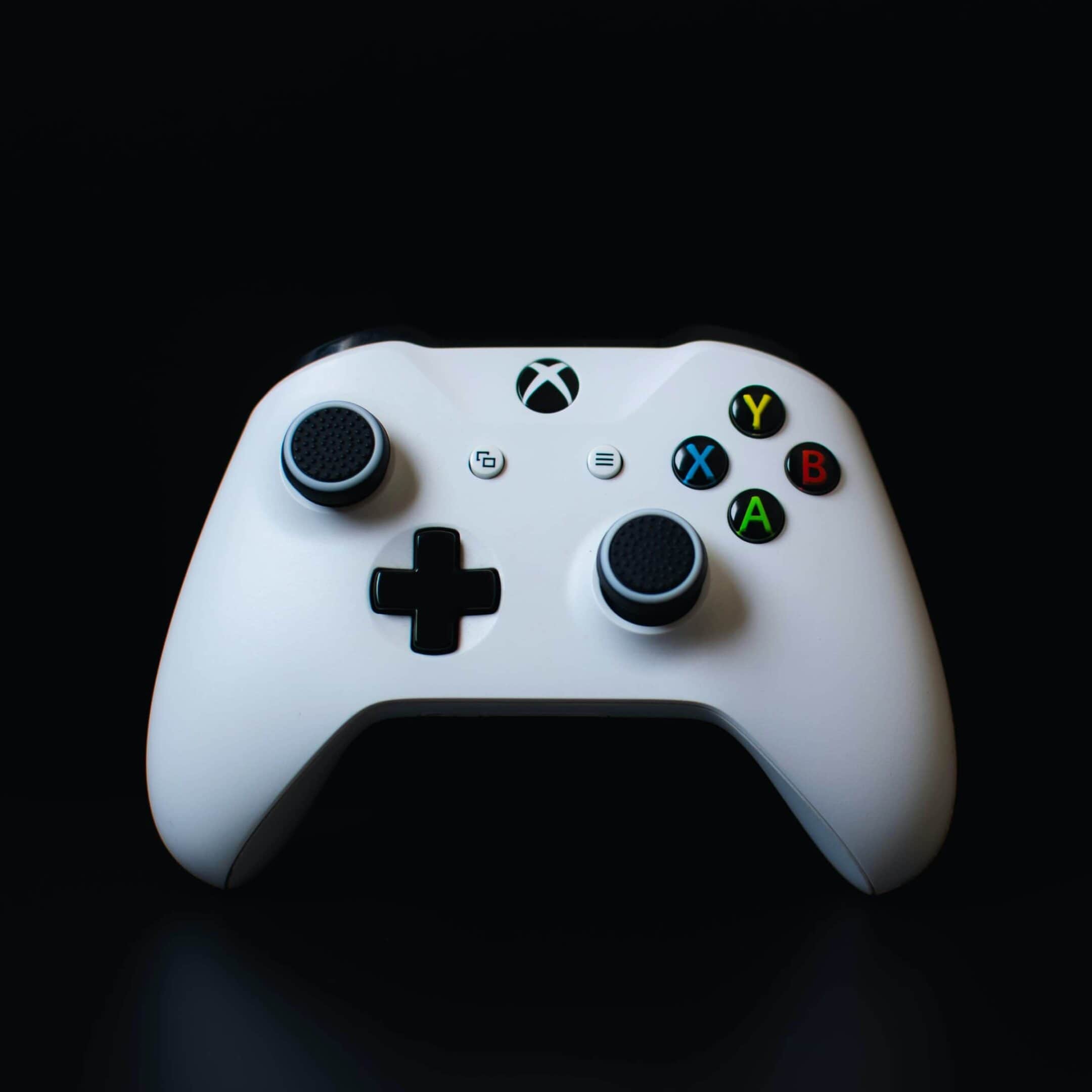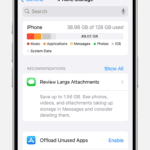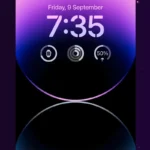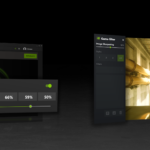Having trouble with an Xbox controller that won’t turn on can be really frustrating for gamers. It could be a simple issue, like needing to replace the batteries or a more complicated problem with the hardware. To troubleshoot, start by checking the power sources and hardware connections. If that doesn’t work, you can try power cycling the console, updating controller firmware, or using a different charging cable. If none of these steps fix the issue, reaching out to customer support can help. Understanding the common causes and solutions can often help users get back to gaming with little interruption.
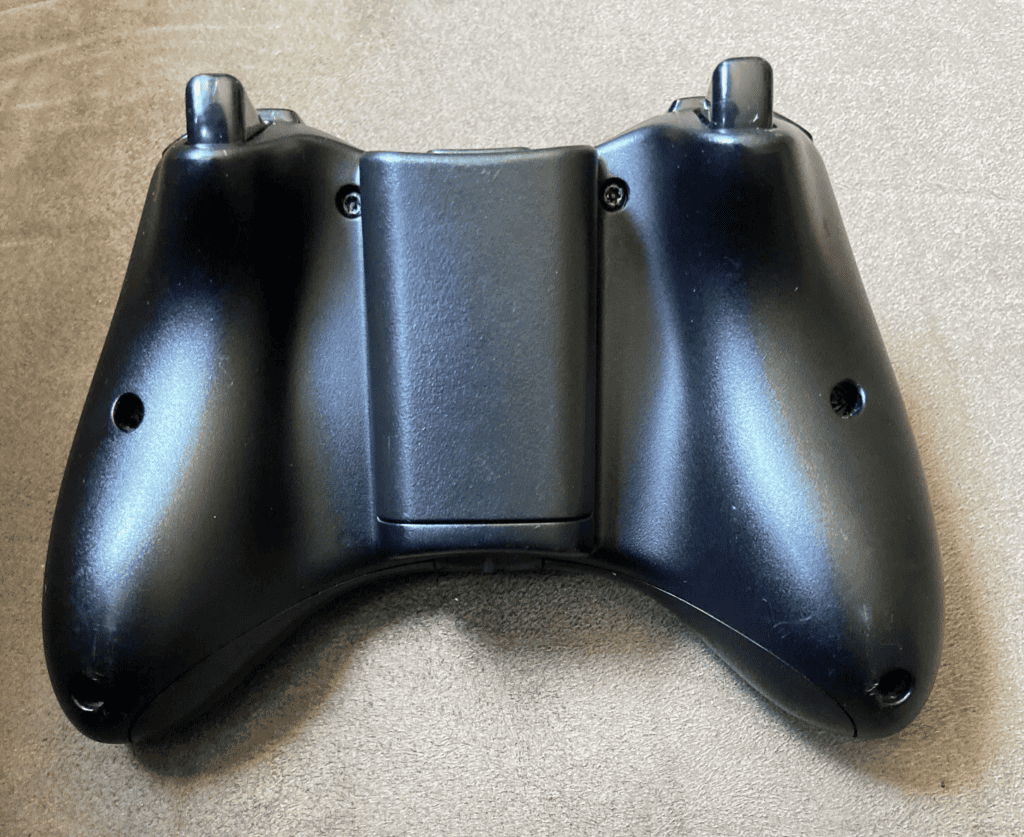
Troubleshooting an Unresponsive Xbox Controller
Check the Basics
- Batteries: Replace the batteries with fresh ones, even if the old ones seem to have some juice left. Weak batteries can cause connection issues.
- Controller Sync: Press and hold the Xbox button on the controller for 5-10 seconds to turn it off. Then, press and hold it again to power it back on.
- Cable Connection: Try connecting the controller directly to the console using a USB-C cable (or micro-USB for older models). If it powers on, there might be a wireless connection issue.
Wireless Connection Problems
- Console Restart: Power cycle the console by holding the power button for 10 seconds, unplugging it for 30 seconds, and then plugging it back in.
- Controller Firmware Update: Check for controller firmware updates through the console’s settings menu or the Xbox Accessories app on a PC.
- Unpair and Re-pair: Unpair the controller from the console and then re-pair it. Look for the small sync button on both the console and the controller.
Hardware Issues
- USB Port Issues: If the controller doesn’t turn on even when connected with a cable, try a different USB cable or port.
- Internal Issues: If none of the above steps work, there might be a hardware problem with the controller. Contact Xbox support for repair or replacement options.
Additional Troubleshooting Tips
- Clean the Battery Contacts: If you’re using rechargeable batteries, clean the battery contacts with a cotton swab and some rubbing alcohol.
- Reset Controller: Try resetting the controller by pressing and holding the small button on the back for 3 seconds.
- Check for Physical Damage: Inspect the controller for any signs of damage, like cracks or broken buttons.
Error Codes and Solutions
| Error Code | Possible Issue | Solution |
|---|---|---|
| Flashing Light | Low batteries or connection problem | Replace batteries or re-sync the controller. |
| No Light | Controller not powered on or hardware issue | Check batteries, try cable connection, contact Xbox support. |
| Blinking Light | Syncing issue | Press the sync buttons on both the console and controller. |
Key Takeaways
- Troubleshooting starts with basic checks like battery replacement and cable connections.
- Firmware updates and power cycling can resolve many power issues.
- Customer support is available for complex hardware malfunctions.
Common Causes and Solutions
When an Xbox controller won’t turn on, the culprit is often related to power, connectivity, or hardware. This section offers practical solutions to these common issues.
Power and Battery Issues
Troubleshooting Guide:
- Check Batteries: Ensure AA batteries are fresh or rechargeable battery packs are fully charged.
- Examine Battery Contacts: Look for rust or damage on contacts that may hinder power delivery.
- Power Cycle the Controller: Hold the Xbox button for 10 seconds to turn off the controller, then press it again to reboot.
Solutions:
- Replace old AA batteries or recharge the battery pack.
- Clean or adjust battery contacts for better connection.
- Perform a power cycle to reset the controller’s power state.
Connectivity and Firmware Problems
Troubleshooting Guide:
- Firmware Updates: Plug the controller into the Xbox console with a USB cable. Navigate to Settings > Devices & connections > Accessories and check for firmware updates.
- Re-pairing the Controller: If the controller flashes but won’t connect, try re-pairing it with the console by holding the pairing button on both devices.
Solutions:
- Update the controller’s firmware to the latest version.
- Disconnect and reconnect the controller to ensure a stable connection.
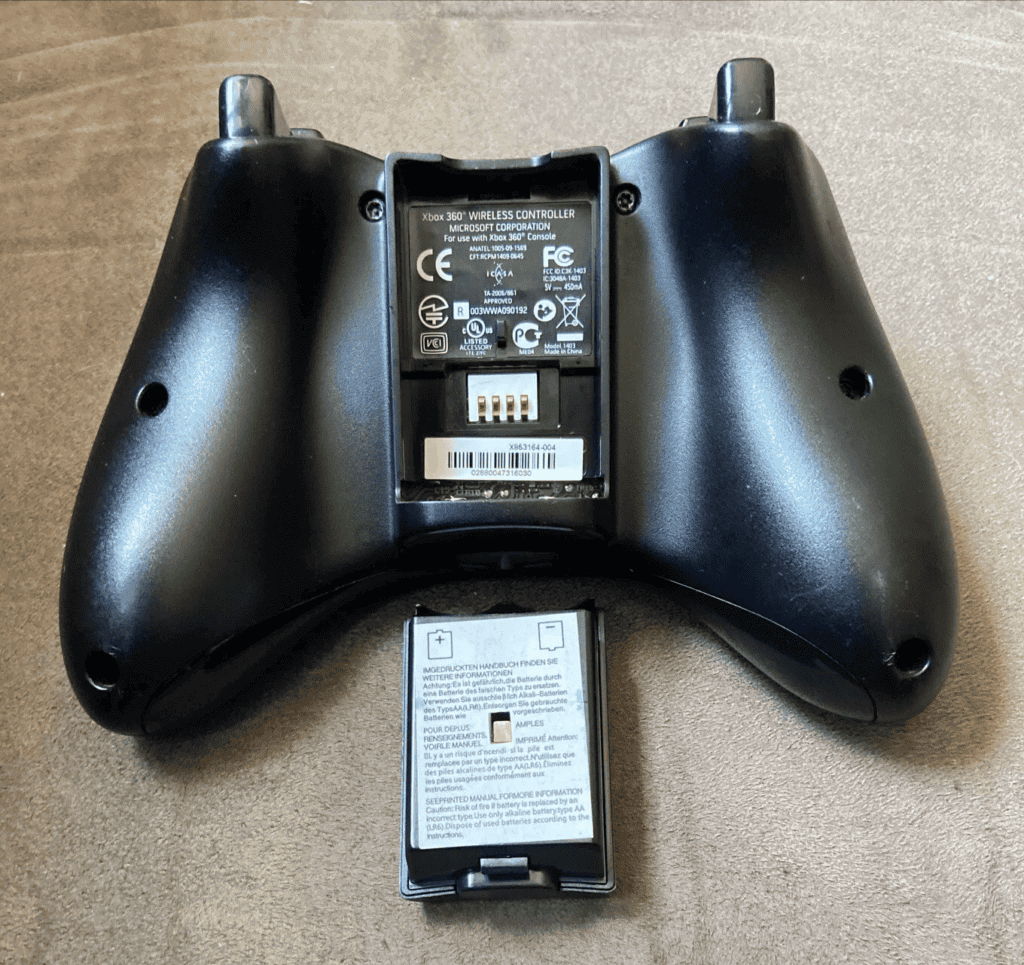
Hardware and Accessory Malfunctions
Troubleshooting Guide:
- Check for Hardware Issue: Inspect for visible signs of damage or sticky buttons that might point to an internal hardware fault.
- Accessory Check: Ensure all connected accessories, like a headset, are functioning and not causing the controller to turn off.
Solutions:
- For sticky or non-responsive buttons, attempt cleaning or seek a replacement if under warranty.
- Disconnect any accessories to isolate the problem; replace if they are faulty.

